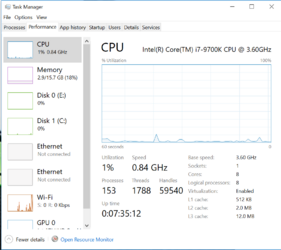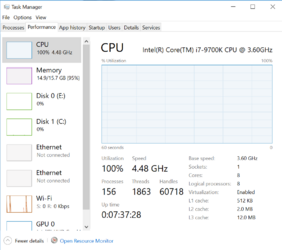I think that previous series had still XMP naming as I don't remember A-XMP in earlier MSI boards.
Barely any memory has a profile designed for AMD and most manufacturers call it XMP. There were memory kits in the past with memory profiles with clear DOCP profile naming but you won't find it anymore. Motherboard manufacturers are calling it in their own way. Some are using XMP, some are adding A so it sounds like the profile is designed for AMD and some are using DOCP naming which is no longer in use since Ryzen release.
Anyway, all motherboards from popular brands are supporting memory profile under any naming (AMP, XMP, A-XMP, DOCP, ...) and SPD profiles which are usually under Auto settings (compatible with JEDEC). There are memory modules without additional profiles and then only SPD works.
If motherboard can't read the profile right or when you enable memory profile and it doesn't work stable then set all main timings and memory clock manually. All additional settings should be set within' motherboard's BIOS range and should be stable (as long as memory isn't faulty in some way).


